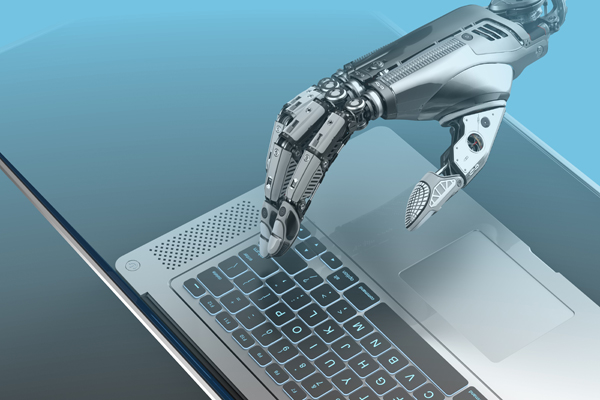According to the British “Guardian” (The Guardian), at last week’s Moscow Chess Open, a 7-year-old boy’s finger was accidentally injured by a chess robot while playing chess, resulting in a fractured finger.
The boy is reported to be one of the 30 best chess players under the age of nine in the Russian capital. After the incident, the boy’s finger was put in a cast and continued to complete the rest of the game with the help of volunteers. The Guardian said the boy’s injuries were not serious.
But this robot accident has raised concerns from all walks of life about the safety boundary between robots and humans.
1. The machine was not given time to react, and the International Elephant Federation said the boy did not operate properly
It’s not so much a robot as it’s a standard industrial robotic arm that can move pieces on three chessboards simultaneously. In the video posted on the Baza Telegram channel, we can see that the boy’s fingers are pinched by the robotic arm for a few seconds before the boy is rescued by a woman and three men.
Sergey Lazarev, president of the Moscow Chess Federation, said: “The robot broke the child’s finger, which is really bad.” He then explained the matter: “This robot is our It was rented, and it has successfully completed many games. During the battle, the child took the next step without waiting for the robot to react, and the child did not give the robot time to react, causing the robot to grab the child’s finger.”
2. The robot itself has security loopholes, and foreign media said that the designer did not consider it well
Sergey Smagin, vice-president of chess, said: “This incident was just a coincidence and the robot was absolutely safe. The robot had successfully completed three games that day. The boy violated the rules he had in playing chess with the robot. Safety rules, he didn’t realize to give the robot enough time to react.”
The foreign media The Verge believes that it is not so much the child who violated the safety rules when playing chess as the designer of the robot who violated the safety rules of the robot against humans. Designers seem to have designed the chess robot with the ability to recognize and move pieces, but not to make it respond to the presence of human hands on the chess area.
Designers created a machine that could inadvertently harm humans. Such accidents could have been avoided with some simple design, The Verge said. For example, a designer could place a camera above a chessboard to automatically stop the robot arm from moving if a foreign object appears in the picture.
3. Robot accidents occur frequently, and humans should remain vigilant
Robotic accidents are not uncommon when designers lack consideration, The Verge said. Most industrial robots work in a “blind” way, they don’t have sensors that recognize their nearby environment, they just move along a fixed path for a fixed amount of time. That is, they continue to work along the same path even if a person or obstacle appears on their fixed moving path, which is the cause of many robot accidents.
The world’s first recognized fatality by a robot occurred in 1979, when Robert Williams, a worker at a Ford plant, was crushed to death by a robot arm. According to the US Department of Labor, about one such robot accident occurs each year.
In 2015, a 22-year-old contractor at a Volkswagen plant in Germany was crushed to death by a robot on a metal sheet. There were also 144 deaths related to medical surgical robots between 2008 and 2013. In 2018, Elaine Herzberg, 49, was hit and killed by an Uber self-driving car traveling at 40 mph while crossing the street.
According to foreign media The Guardian, the main cause of these accidents is human error. However, humans should be wary of collaborating with robots no matter the circumstances.
Conclusion: Robot collaboration should put human safety first
The safety boundary between robots and humans is always a major proposition.
Many people imagine robots with advanced and sci-fi colors, thinking that robots are advanced technologies with intelligence and emotion. For the discussion of the safety boundary between robots and humans, the most well-known is the three laws of “Robots must not harm humans” proposed by science fiction writer Asimov in 1940.
But with our current level of technology, it is far from enough to create artificial intelligence robots that can autonomously execute the three laws. Our top priority is how to make industrial, medical and other robots that have been used on a large scale work better for humans on the premise of ensuring human safety.
After all, before worrying that robots have evolved intelligence to threaten humans, it is more important to ensure that the current “dumb robots” will not harm humans.




GIPHY App Key not set. Please check settings